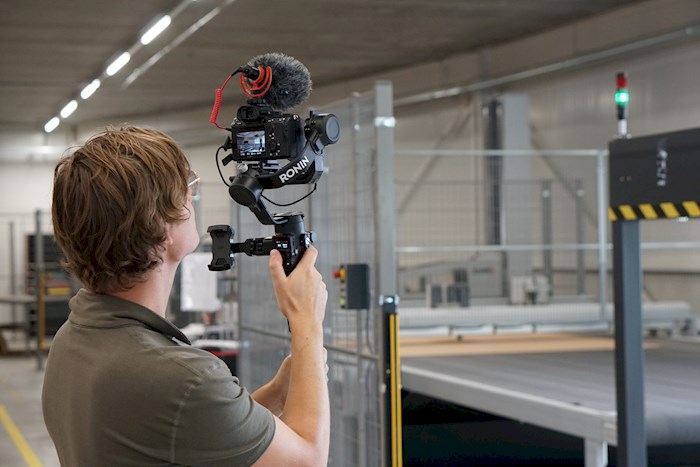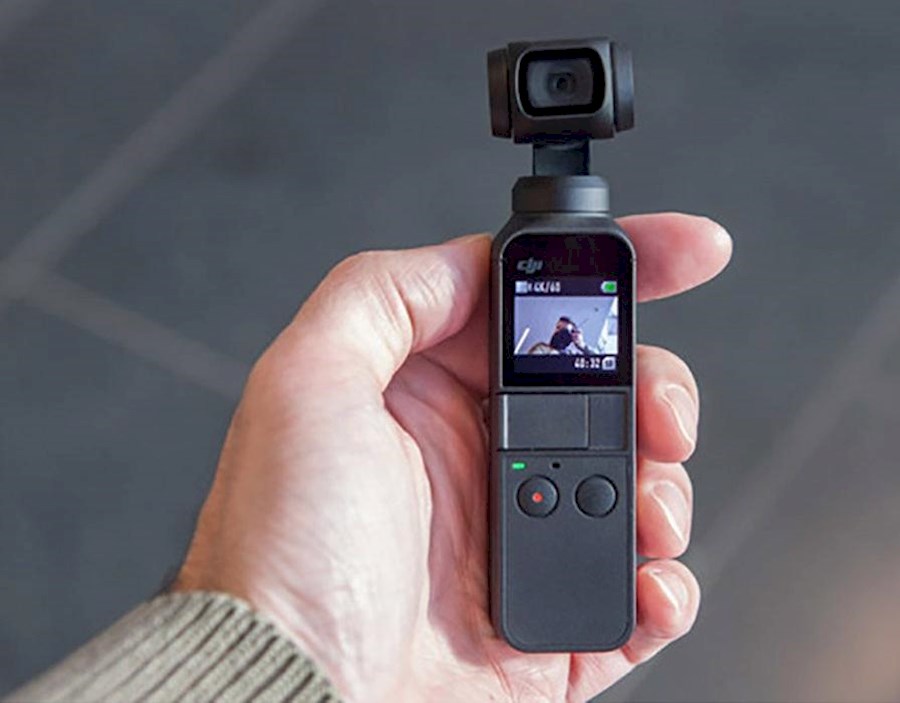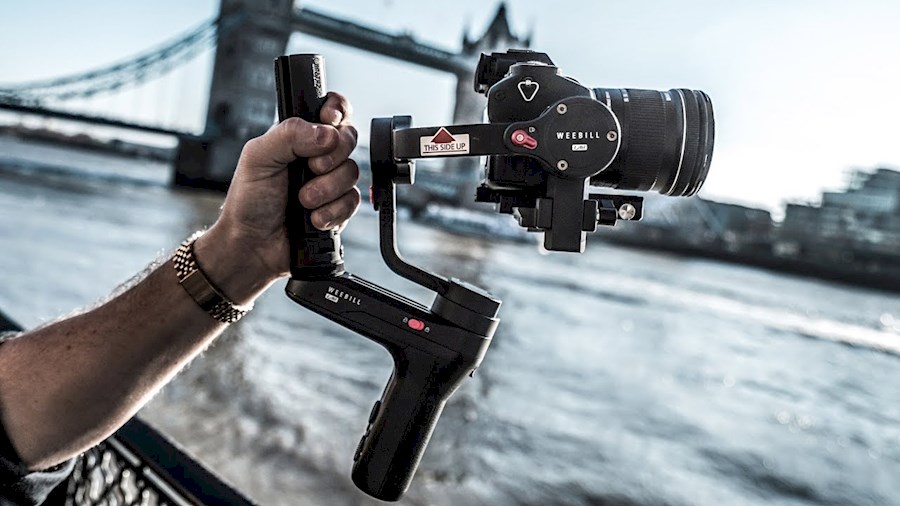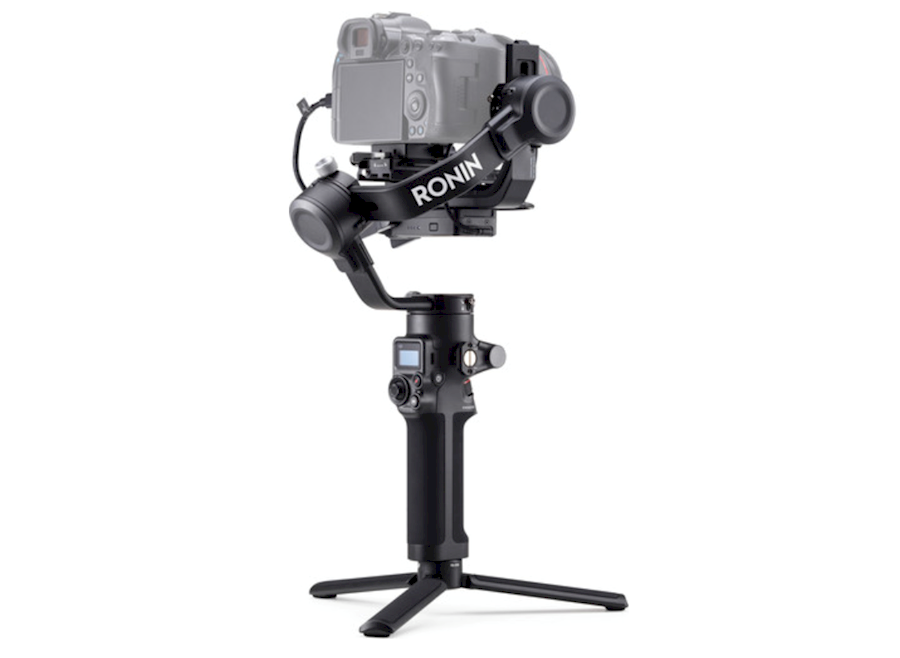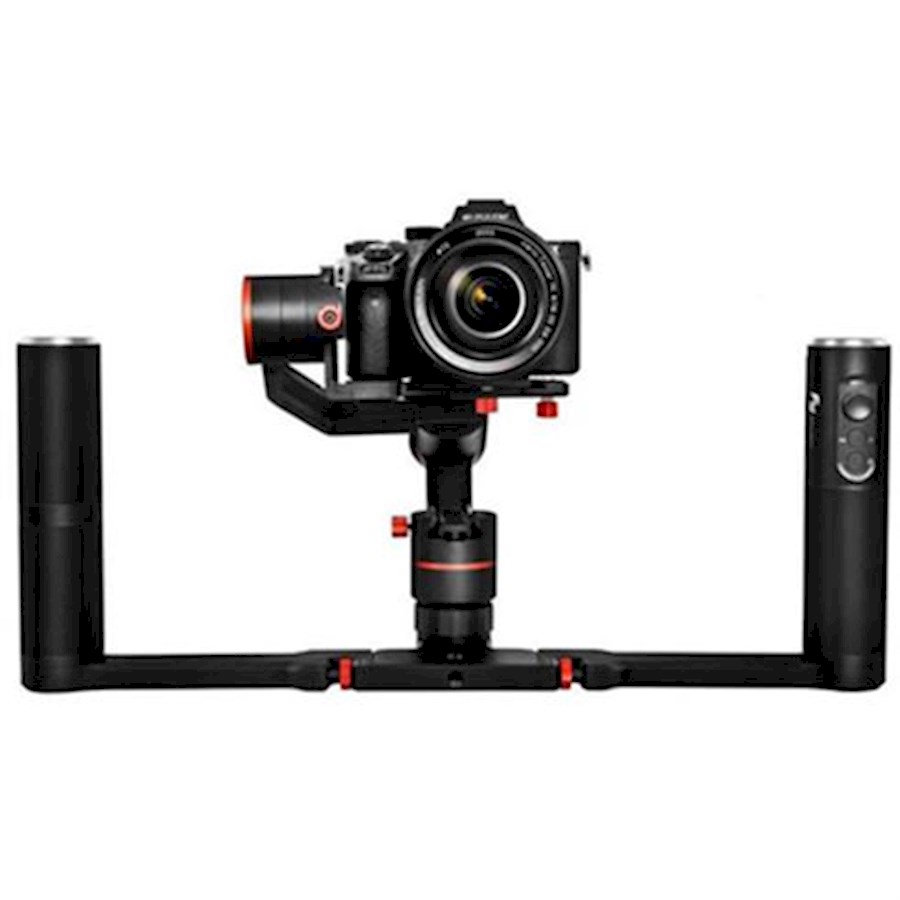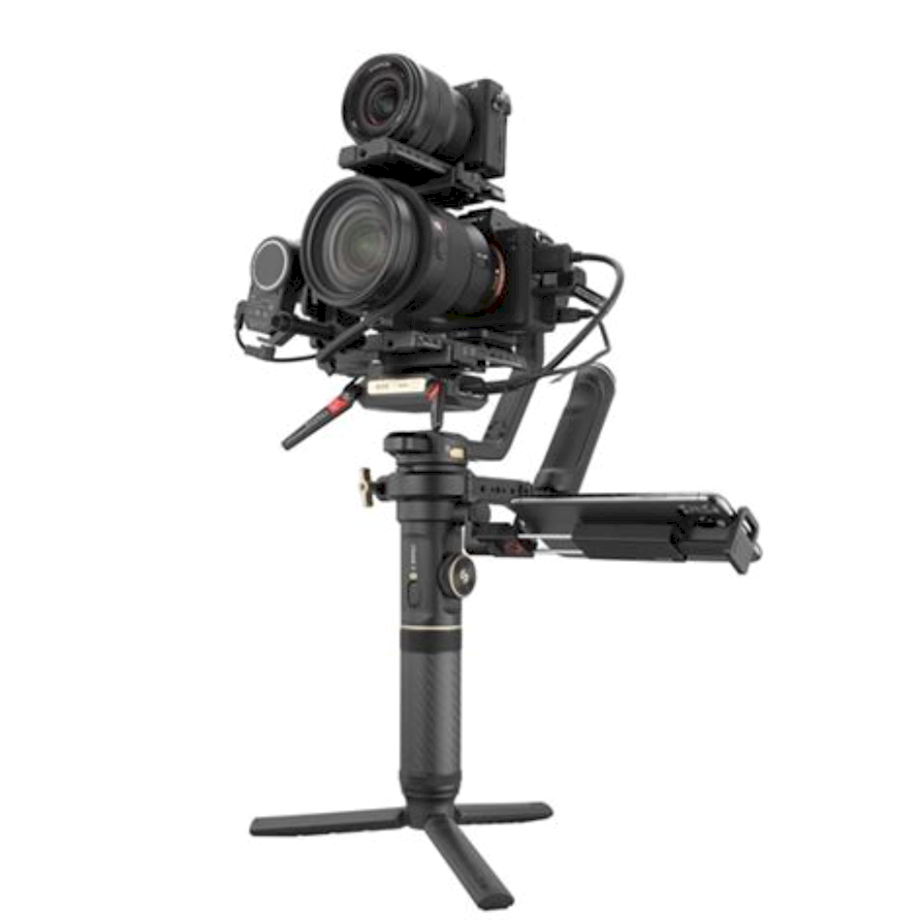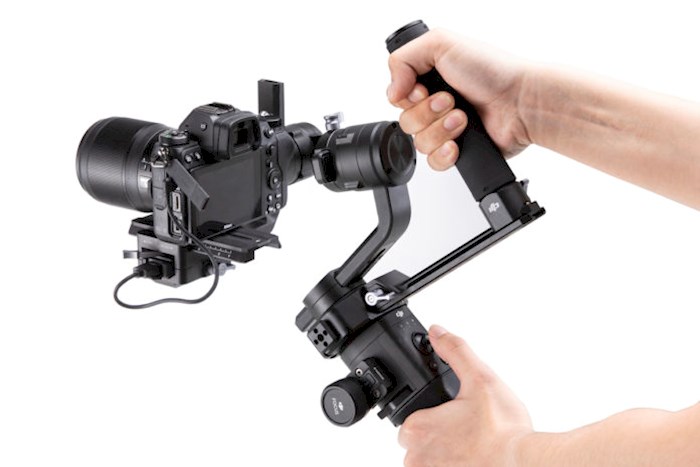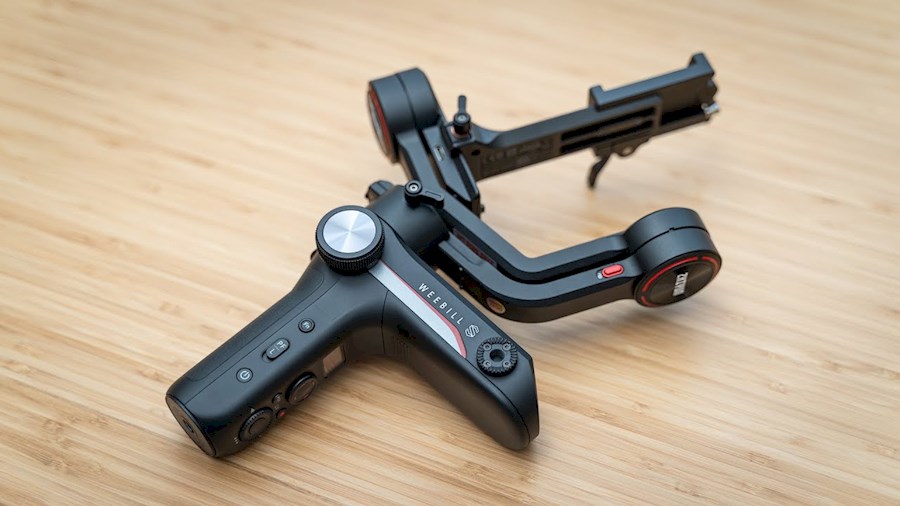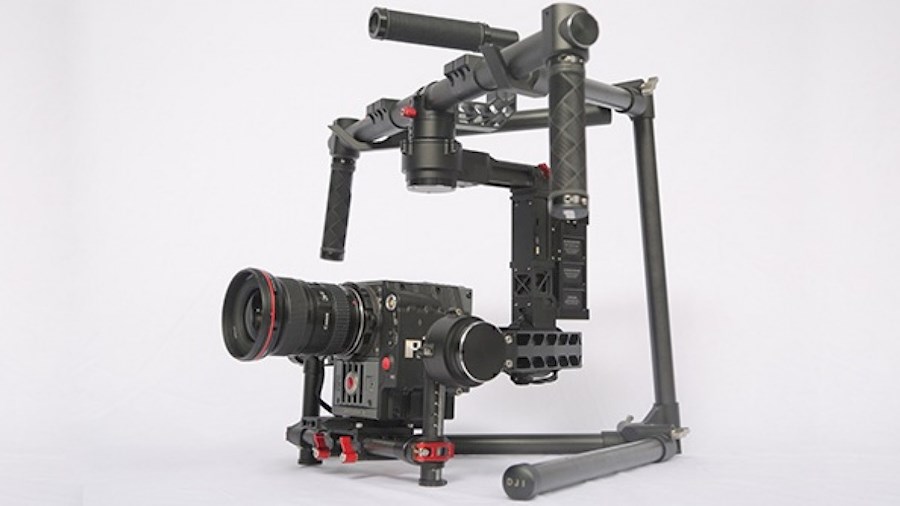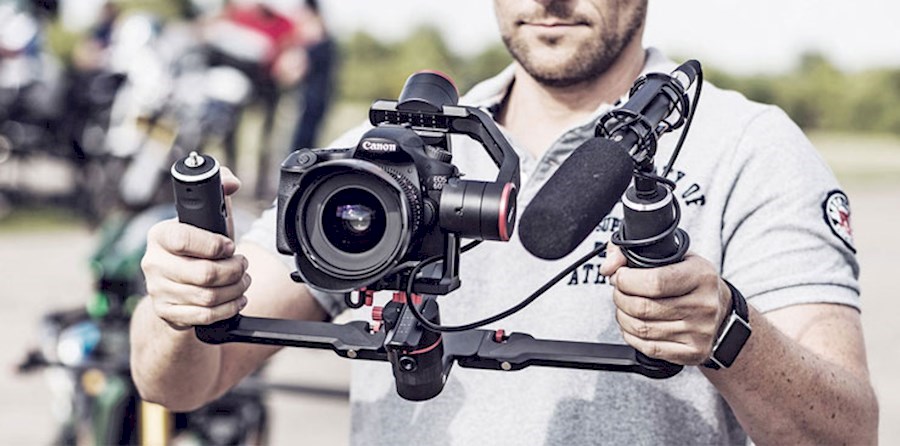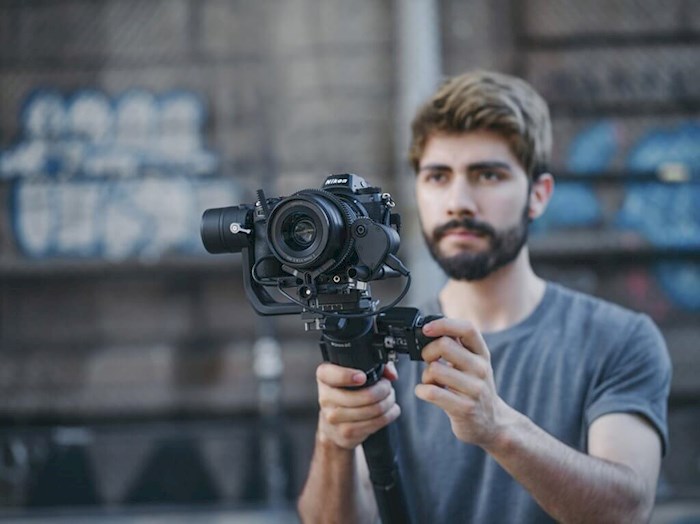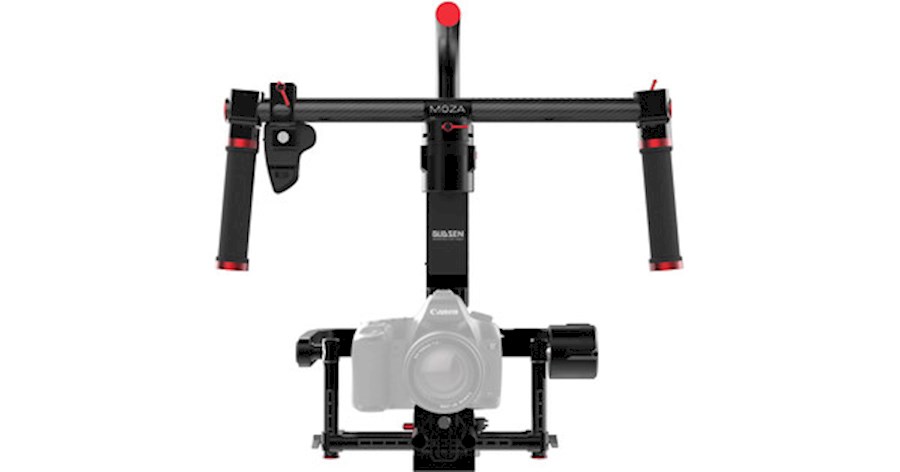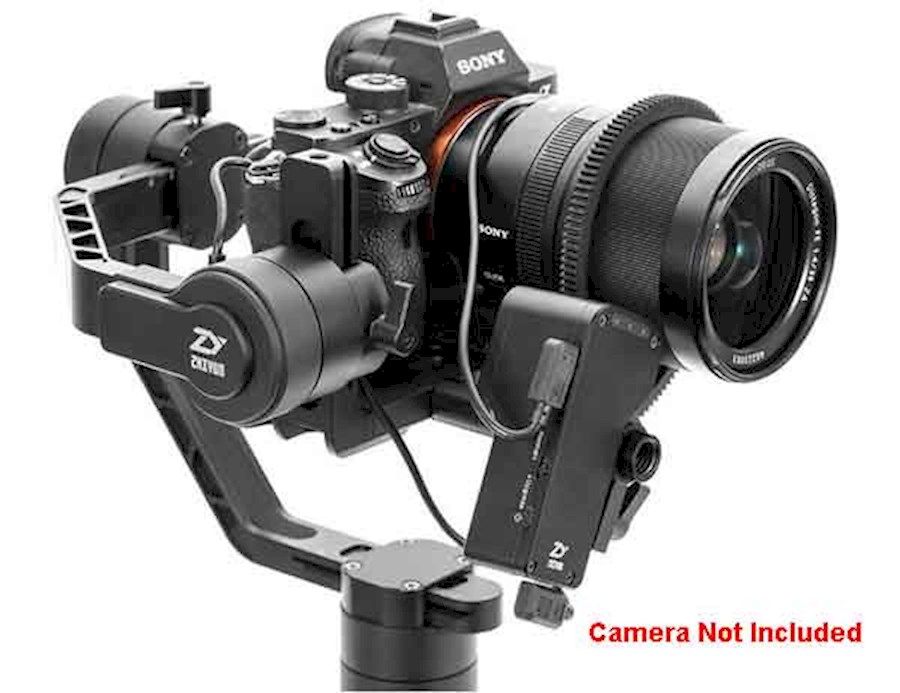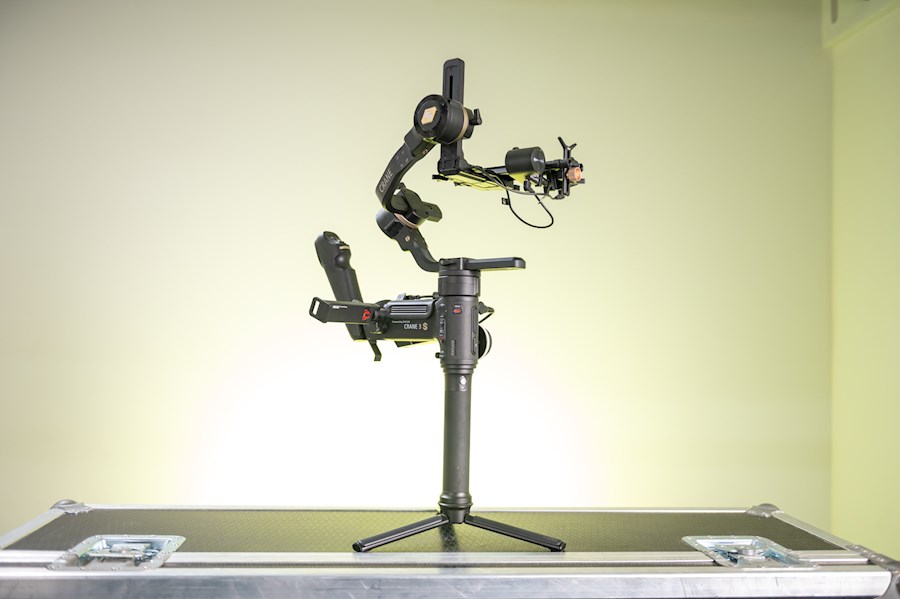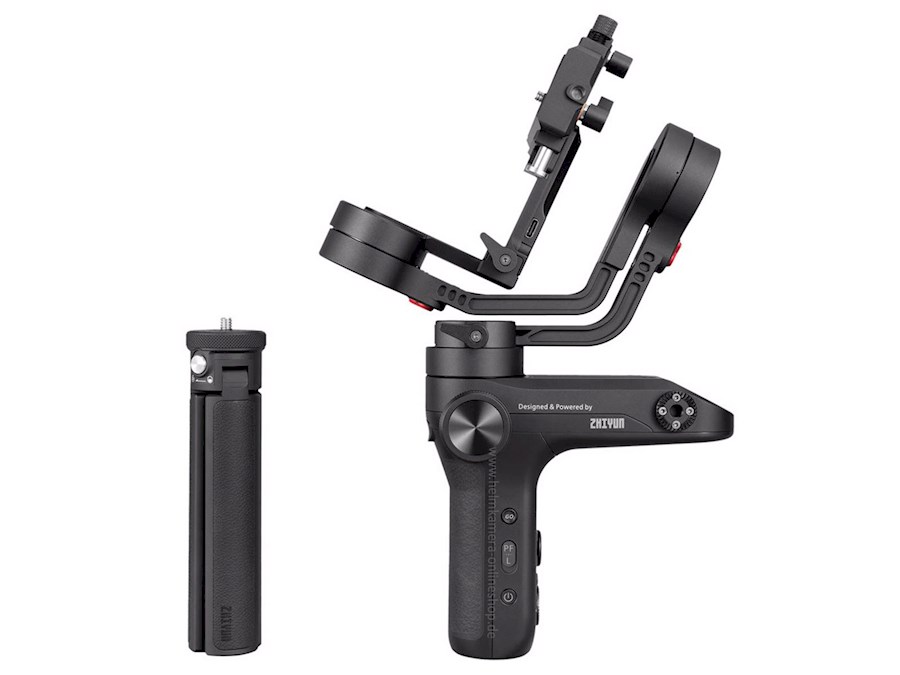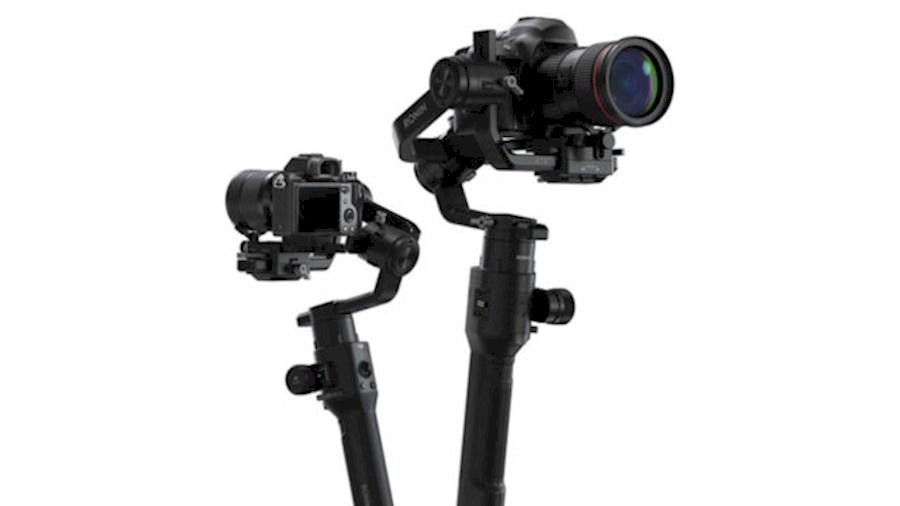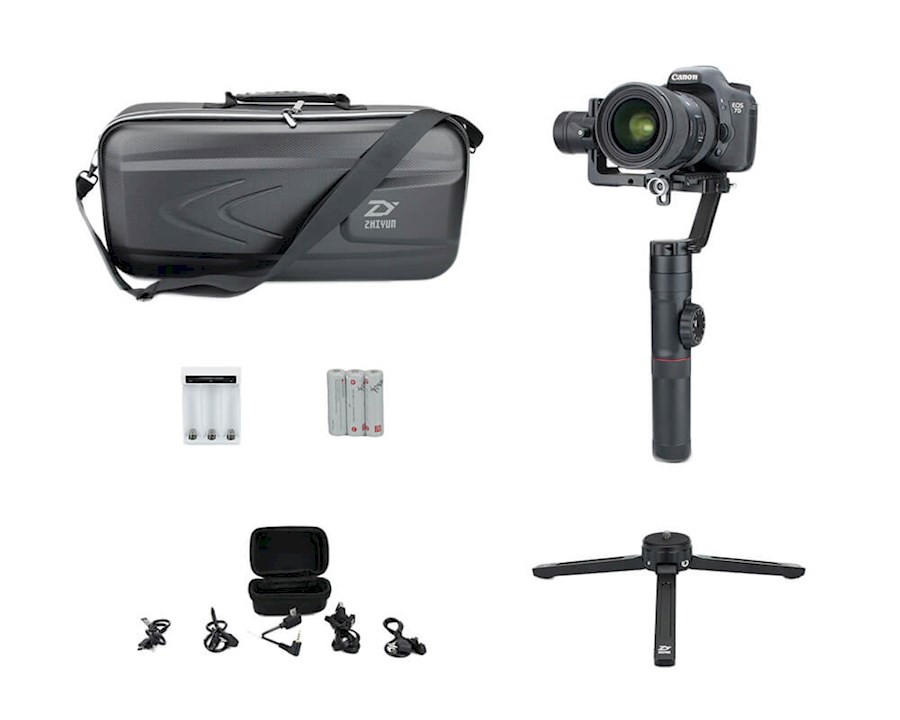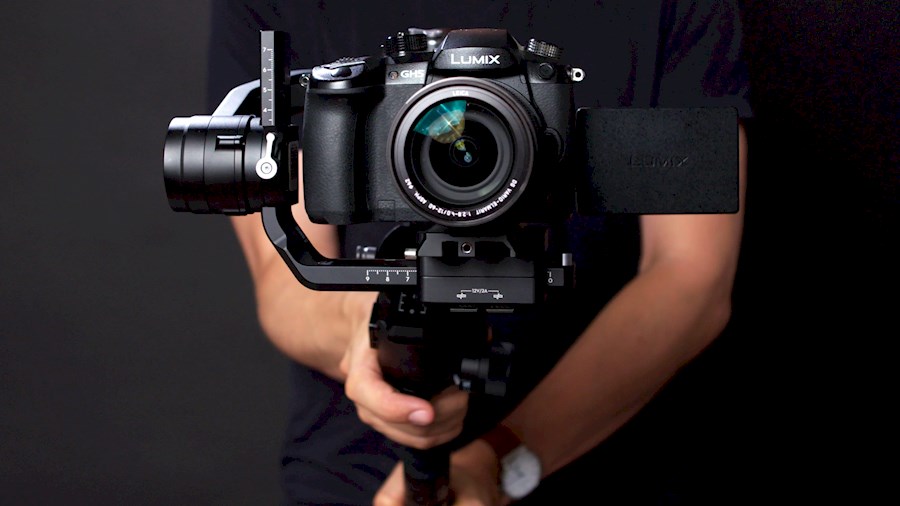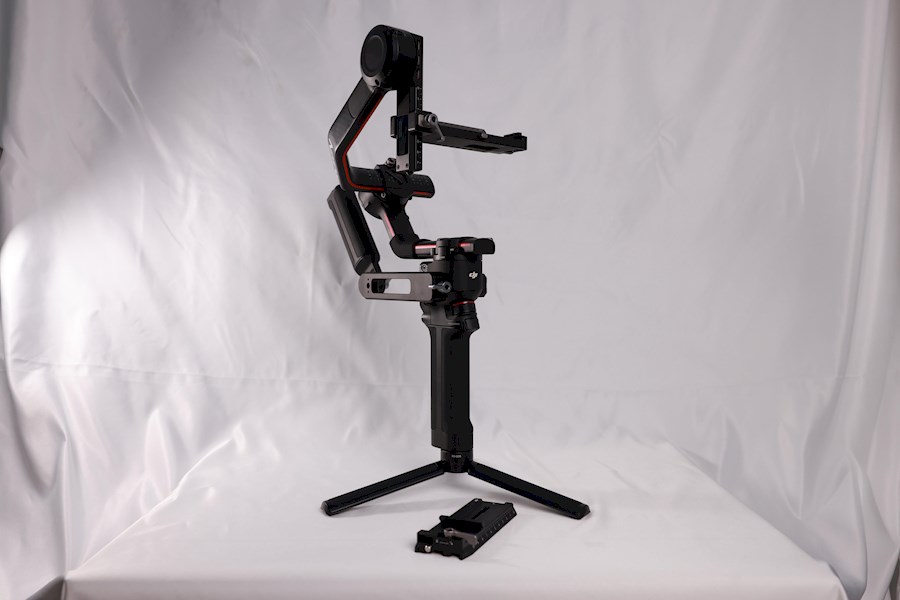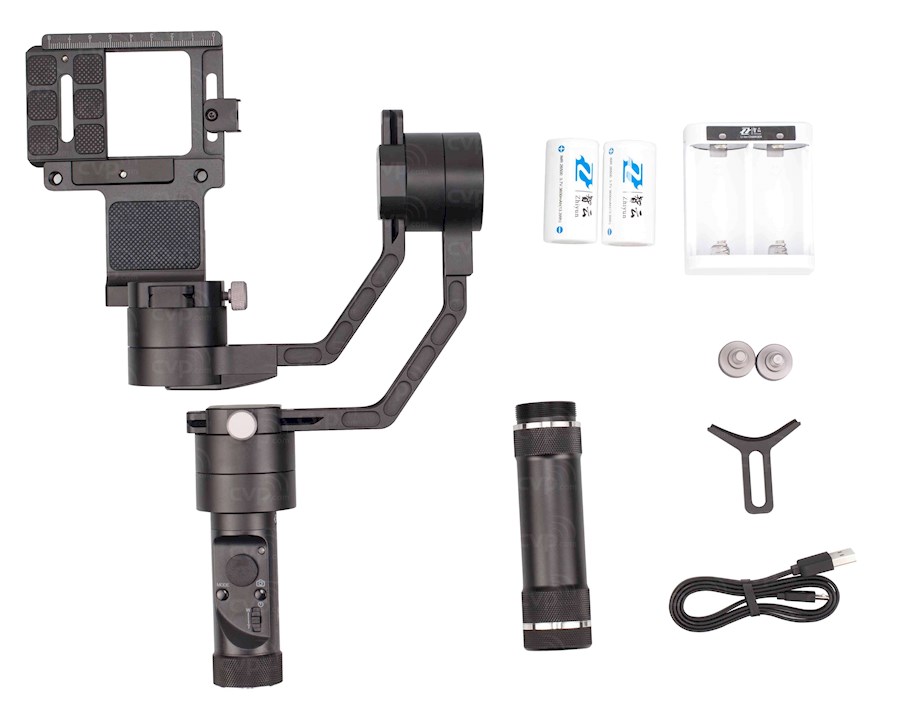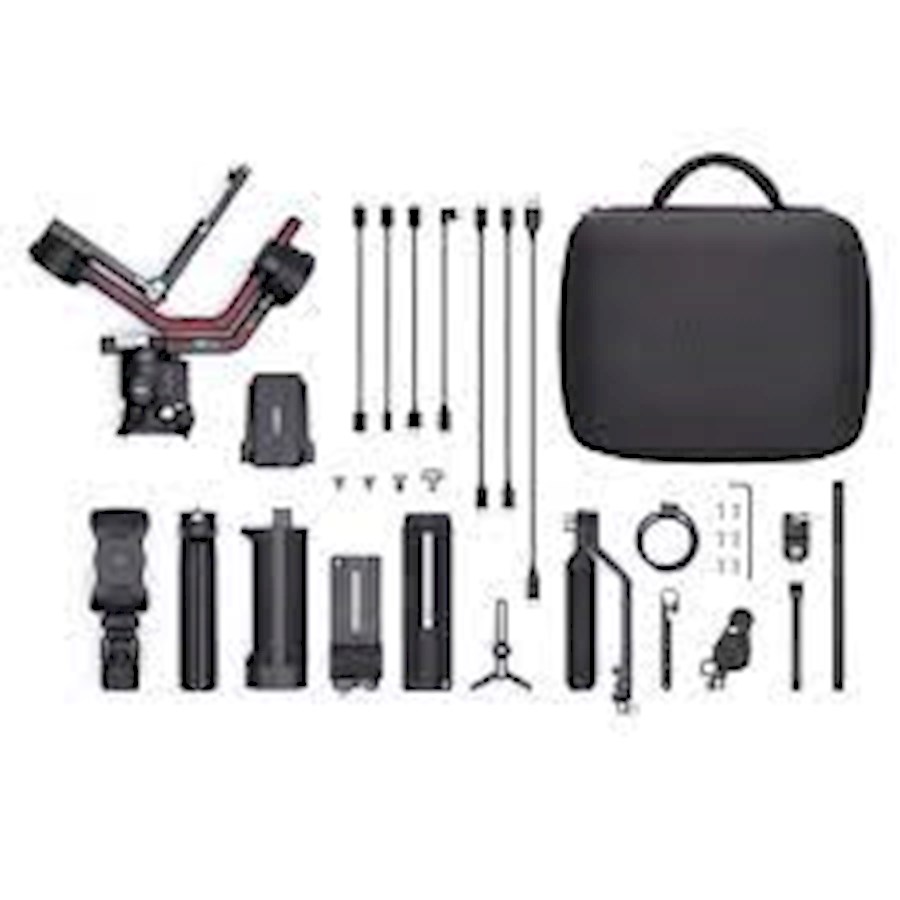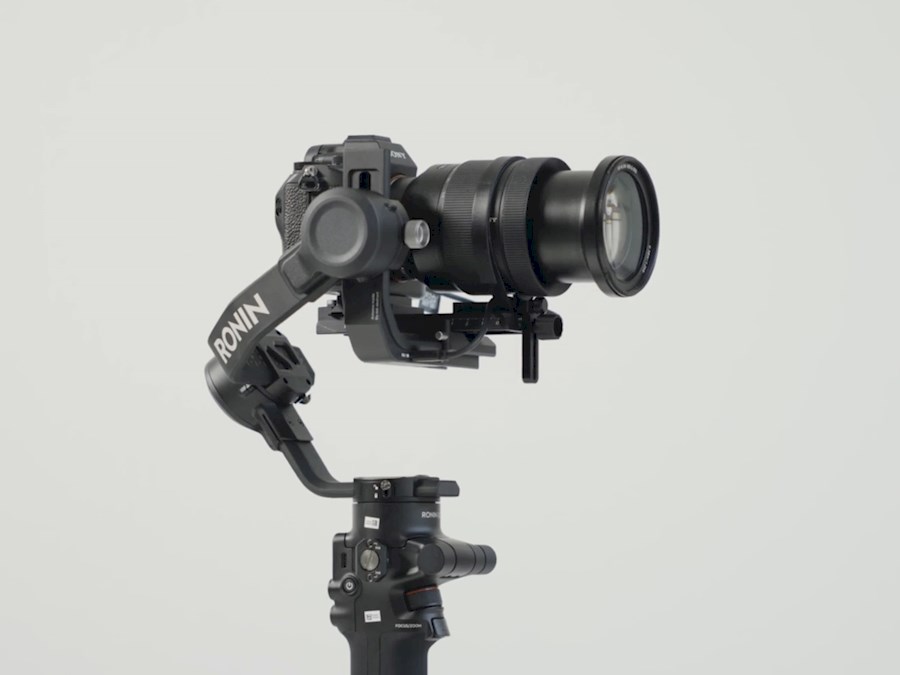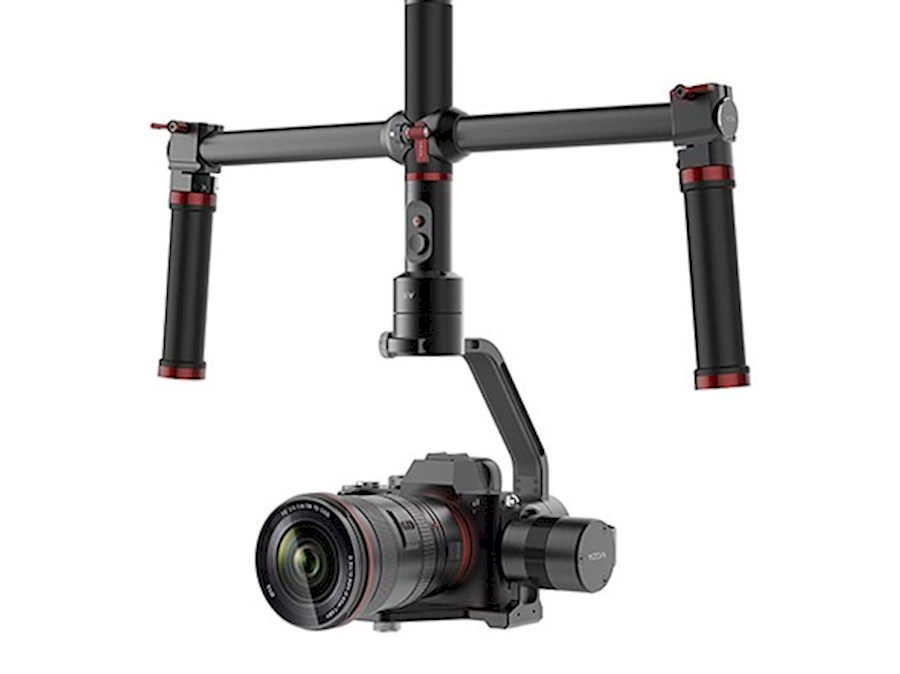Rent gimbals
View 187 results in your area

DJI Ronin SC2 - Stabilizer Gimbal
Options/incl.: Usb C oplaadkabel Lenssteun Besturingskabel 30cm (usb C) Besturingskabel 30cm (Sony multi) Besturingskabel 30cm (micro usb) Besturingskabel 30cm (mini usb) Strap (2x) D Ring bevestigingsschroef (2x) Schroef (1/4") Snelkoppelplaat Camera verhoger (voor kleine camera's) Tripod (metaal) Opbergcase Smartphonehouder Focus motor Focus motor bestigingskit Beeld transmitter [DJI Raveneye] Cold shoe naar 1/4" adapter Usb C kabel Mini hdmi naar hdmi kabel Mini hdmi naar mini hdmi kabel Mini hdmi naar micro hdmi kabel M4 schroeven (6x) Inbussleutel
Category: Gimbals
Inclusief: - Smarthponehouder - Focus motor - Compact vanwege inklapbaar design - SuperSmooth modus stabiliseert de gimbal de ...

Zhiyun Crane 2s
Options/incl.: ZHIYUN Crane 2S pro TransMount Zoom, Follow Focus Servo Motor Gen2 TransMount Image Transmitter Gen2 TransMount Mini Dual Grip halter Quick Release Plate Objectief ondersteuning 3 x 18650 Li-Ion Battery Batterijlader voor 3x 18650 USB Type-C oplaadkabel Mini Tripod voor 1/4" aansluiting Basis riser/adapter 3 x 1/4"-20 schroef Canon Camera Control Cable LN-MBUC-A01, micro, type-C Canon Camera Control Cable LN-NBUC-A01, mini, type-C Panasonic Camera Control Cable LN-UCUC-A01, 2x type-C Sony Camera Control Cable LN-UCUS-A01, type-C, mini M1.5 inbussleutel M2 inbussleutel M4 inbussleutel Quick start gids Transportkoffer
Category: Gimbals
ZHIYUN Crane 2S pro De Crane 2S pro is de nieuwste 3-assige stabilizer van Zhiyun, die is voorzien van een aantal verbeteringen ten o...

DJI Ronin
Options/incl.: Extra accu Stevige kist met gebruiksaanwijzing Remote controler om vanaf afstand de gimbal te draaien en te tilten Standaard waar de gimbal op kan rusten
Category: Gimbals
DJI Ronin steadycam met extra accu, geeft je ruimte om stabiele shots te maken met je camera. Kenners weten wat je ermee kunt. Werken ...

MOZA Lite II 3 Axis Stabiliser + MONITOR
Options/incl.: Wat krijg je? - MOZA Gimbal Lite II 3 Axis Stabiliser - Bevestigingsplaat met 1/4" en 3/8" schroef - Intelligent Battery (werktijd: 12 uur) - Monitor (+ accu) - Wireless Thumb Controller - Power Distribution Unit - Tuning Stand - Tas met gereedschap - Kabels - Koffer
Category: Gimbals
Wat krijg je? - MOZA Gimbal Lite II 3 Axis Stabiliser - Bevestigingsplaat met 1/4" en 3/8" schroef - Intelligent Battery (werktijd...

ZHIYUN CRANE 2 3-AXIS HANDHELD STABILISING GIMBAL
Options/incl.: Zhiyun Crane 2 Hire 2 x batteries Charger Panasonic Camera Control Cable Sony Camera Control Cable Canon Camera Control Cable Instruction Manual Carry Case
Category: Gimbals
The Zhiyun Crane 2 3-Axis Handheld Stabilising Gimbal offers full 360º rotation along all three axes up to 120º per second rotation. T...
Features of gimbals
How well a gimbal stabilizes depends on the number of axes alongside it moves to correct horizontal and vertical movements. This is also known as a cardanic suspension. An example of horizontal and vertical movement is a walk with camera held in a gimbal that you keep in your hand, correcting the up and down movement. This creates a 'smooth' recording of the walk. Many suppliers of gimbals provide an app or control panel with the gimbal, which gives you a lot of extra options. For example to fix or 'lock' 1 or 2 axes. You can also 'track' objects or subjects: the gimbal uses built-in image recognition technology to make sure that the subject always remains in the frame by rotating during the movement. On this page you will find owners of different gimbals which you can rent, each with their own set of functions.Rent gimbals from different brands
Nowadays there is a lot of choice from the various gimbals brands. Think of DJI, Feiyu-Tech, Zhiyun, Moza and Freefly. Now, what is the best gimbal? It all depends on the type of camera, but also the usage situation. Do you use a gimbal for professional video recordings or movie productions, or do you take it with you on holiday? Do you want to test which gimbal suits you best? You can easily try them out by renting it temporarily.A phone gimbal or a camera gimbal?
A gimbal for a camera and a gimbal for a mobile phone have some differences in terms of size, weight, and functionality. Camera gimbals are typically larger and heavier than mobile phone gimbals, as they need to support the weight of the camera and provide stability for longer periods of time. Additionally, camera gimbals usually have more advanced features such as multiple axis control, manual focus and zoom control, and the ability to mount additional accessories. On the other hand, mobile phone gimbals are more compact, lighter, and designed for more basic stabilizationization functions and ease of use. They also have limited control options and typically have a smaller battery life compared to camera gimbals.What is the best gimbal brand?
There are several top-performing gimbal brands in the market today, each with its own strengths and unique features. DJI is one of the most popular and well-known brands, known for their high-quality and innovative camera and mobile phone gimbals. Zhiyun is another popular brand that offers a wide range of gimbals for different types of cameras and mobile phones. FeiYu-Tech is a brand that specializes in camera gimbals, offering lightweight and compact options with advanced stabilizationization features. Gudsen MOZA is another well-regarded brand that provides gimbals with a focus on ease of use, versatility, and durability. Ultimately, the best gimbal brand for you will depend on your specific needs and preferences, but these brands are all known for their high-quality products and excellent performance.The difference between gimbal and a dolly or steadicam
In Hollywood and other places where a lot of film productions are shot, film producers often used very expensive dollies or steadicams to get smooth, balanced recordings. A dolly and steadicam work fundamentally different from a gimbal. Steadicams contain physically moving parts to keep the film camera stable. There are no computer-assisted movements and electronic corrections. The steadicam operator must therefore be very adept at using it. With dollies, moving platforms on which the camera is mounted, it is very important that the surface is completely flat so that the recordings remain vibration-free. Sometimes special rails or tracks are also used for this. A labor-intensive and expensive way of avoiding vibrations in your video content, which can therefore only be used by professional film studios. Usually you see that in those situations people work with very heavy camera equipment.Gimbals, on the other hand, are more modern light-weight "digital" miniature stabilizers. They are equipped with a computer unit and use advanced brushless motors to compensate for the unwanted camera movements of the videographer or camera operator. They perform, as it were, a 'countermovement'. Gimbals are much better suited to lighter camera types.
The technique behind a gimbal
An object can move in 3 dimensions: the x-axis, y-axis and z-axis. In the film world this is also called pitch, yaw and roll. Pitch is also known as Tilt, while a yaw movement is also known as panning. If you're familiar with adjusting camera tripods, you probably have experience making adjustments on all three axes to get that perfectly aligned shot. A moving camera has random movements in all 3 axes. But it is possible to counteract those movements by moving in the opposite direction. How? Exactly that is done by the motors of a motorized gimbal. The gimbal's built-in sensors measure the amount of natural motion, and the computer in the gimbal calculates how much countermovement is needed to stabilize the shocks. The result is an extremely smooth, shock-free recording. Of course, the camera man also performs movements deliberately. Advanced algorithms in the gimbal software can tell when the movement was meant or not.Rent 2-axis and 3-axis gimbals
Most gimbals are either a 2-axis or 3-axis gimbal. You can probably guess that a 3 axis is the best solution. However, a gimbal with 3-axis stabilization is more expensive. A dual-axis gimbal corrects a camera that tilts back and forth or rotates from side to side. A three-axis gimbal, on the other hand, corrects unwanted vibrations across all 3 axes, resulting in even more stable images.A 3-axis gimbal also has a drawback. The extra pivot and the extra motor make the gimbal heavier. In some cases this may be undesirable, for example with a drone where every gram counts. In addition, an extra motor also requires extra power, so that the battery of the gimbal lasts less long on a single charge.























